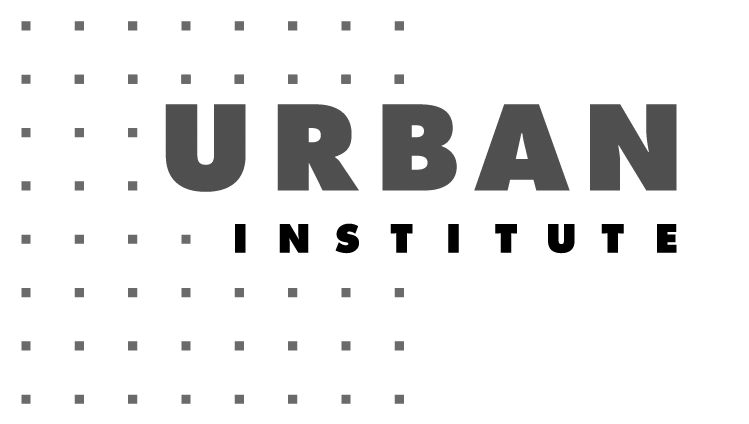The colorof wealthwashington dc
Our partners
The Color of Wealth in the Nation’s Capital (Washington, D.C.) report explored racial and ethnic differences in wealth, focusing on Black families in Washington, D.C., and showed, through a chronicle of history in the city, how discrimination and systemic racism have contributed to today’s wealth gap in the nation’s capital. The 2007–09 Great Recession and housing crisis erased approximately half of Black and Latino households’ wealth, while Asians suffered the largest absolute loss in wealth. Asian and Latino households tended to live in geographic areas that were hit hardest by the housing crisis.
Wealth matters for building an equitable and prosperous Washington, D.C. region. Many studies focus on income– the amount of money people make in a certain period of time– for instance, your paycheck. Wealth, however, represents the store of resources you own. It is wealth that determines your ability to weather emergencies, move to a nice neighborhood, and make investments that enable you to grow your wealth.
How unequal is wealth in the nation's capital?
Assets: A major driver of inequality in the nation's capital
Assets are key to understanding not only peoples’ current wealth, but their ability to hold onto and grow their resources. Someone who has a large store of liquid assets is better able to weather financial shocks and emergencies. People who own their homes and own stock are better able to grow their wealth. Significant racial disparities exist when considering total assets, liquid assets, stock ownership and homeownership.
Assets and financial well-being: African Black
- Select a race/ethnicity
Washington D.C.
Median
Total assets
$7K
Median
Liquid assets
$2.1K
Percent with
Liquid assets
85%
Percent who
Own stock
15%
Percent who
Own their homes
46%
Debts: A look at inequality
Debt can be an important barrier to a family’s ability to build wealth. For instance, higher education can lead to both higher earnings and burdensome student loan debt.
In D.C., higher percentages of U.S. Black and African Black families hold student loan, medical, and unsecured debt. Conversely, lower percentages of Korean and White families hold these debts.
Debts: African Black
- Select a race/ethnicity
Washington D.C.
Percent with
Student loans
55%
Percent with
Medical debt
8%
Percent with
Unsecured debt
74%
Financial institutions and services
Compared to White households, fewer US born Black households owned checking or savings accounts in the region. African Black and Latino households were also less likely than Whites to have checking accounts. Chinese, Korean, Vietnamese, and Asian Indian households were more likely to have checking accounts than Whites.
Financial Services, Access and Quality: African Black
- Select a race/ethnicity
Washington D.C.
Percent with
Bank accounts
85%
Percent with
Payday lending usage
3%
About and credits
About the project
The Color of Wealth in the Nation’s Capital (Washington, D.C.) report explored racial and ethnic differences in net worth, focusing on Black families in Washington, D.C., and showed, through a chronicle of history in the city, how discrimination and systemic racism have contributed to today’s wealth gap in the nation’s capital. The 2007–09 Great Recession and housing crisis erased approximately half of Black and Latino households’ wealth, while Asians suffered the largest absolute loss in wealth. Asian and Latino households tended to live in geographic areas that were hit hardest by the housing crisis.
Methodology & data collection
The Color of Wealth in the Nation’s Capital data was collected via a phone survey in 2014, in the DC metropolitan area (including parts of Alexandria and Arlington County, Virginia, as well as Frederick and Montgomery Counties in Maryland). Various sampling techniques were used to locate and identify an ethnically plural sample of specifically defined ethnic groups. The techniques included the following: directory-listed landline samples targeted to census tracts where specific ethnic groups were known to reside; cell phone random digit dialing samples drawn from rate centers that covered the targeted ethnic group zip codes; samples drawn from targeted zip codes based on billing address; and the use of surname-based lists targeting specific national origin groups. For this study, 600 surveys were completed in the Washington, D.C. metropolitan area.
Credits & thanks
This project was made possible by the generous support of the Ford Foundation’s Building Economic Security Over a Lifetime (BESOL) initiative and the Annie E. Casey Foundation. We would like to thank the Samuel Dubois Cook Center on Social Equity at Duke University and the Insight Center for Community and Economic Development.The University of Virginia Center for Survey Research led the survey data collection. Graphicacy worked with the Institute team to visualize the data from the Color of Wealth in the Nation’s Capital study.



